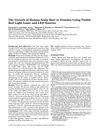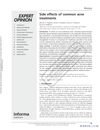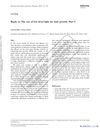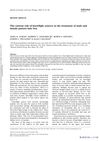Photodynamic and Photobiological Effects of Light-Emitting Diode Therapy in Dermatological Disease: An Update
July 2018
in “
Lasers in Medical Science
”
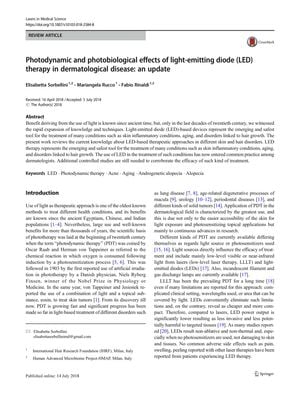
TLDR LED therapy is safe and shows potential for treating skin conditions and promoting hair growth, but more research is needed.
The document reviews the use of light-emitting diode (LED) therapy in dermatology, particularly for skin inflammatory conditions, aging, and hair growth disorders. It outlines the safety and potential of LED therapy due to its non-ablative, non-thermal, and non-damaging effects. The review details the biological effects of LED therapy, such as increased ATP production, modulation of oxidative stress, and stimulation of angiogenesis, and discusses the importance of optimizing treatment parameters. It also examines the effectiveness of different wavelengths of light in treating conditions like acne vulgaris, rosacea, eczema, psoriasis, skin rejuvenation, and pre-cancerous and cancerous skin lesions. For hair loss disorders, LED therapy, especially with red and infrared wavelengths, has been FDA approved and shown efficacy in treating androgenetic alopecia and alopecia areata. However, the document indicates that current knowledge on LED therapy is based on studies with small patient numbers and varied parameters, underscoring the need for larger, more controlled studies to fully establish its efficacy in dermatology.

